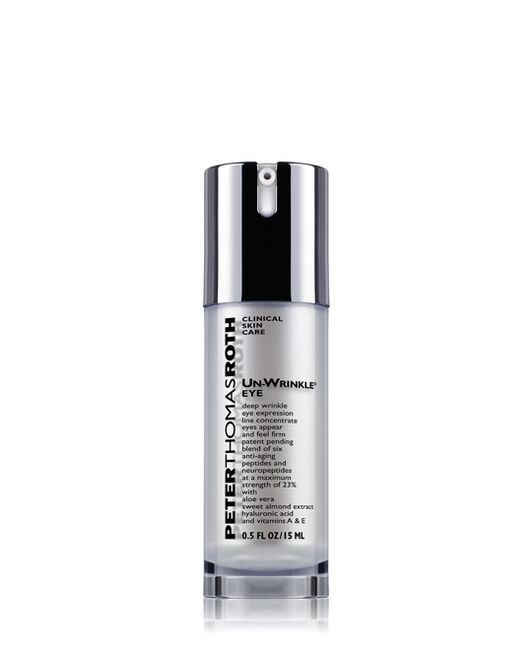FENTY SKIN Flash Nap Instant Revival Eye Gel-Cream
FENTY SKIN’s Flash Nap: Instant Revival Eye Gel-Cream. This two-in-one eye cream and concealer primer wake up tired-looking eyes.
What it is: A two-in-one eye cream and concealer primer that fake a flash nap and wake up tired-looking eyes by covering puffiness and dark circles.
Skin Type: Normal, Dry, Combination, and Oily
Skincare Concerns: Fine Lines and Wrinkles, Dark Circles, and Puffiness
Formulation: Lightweight Gel
Highlighted Ingredients:
– Horse Chestnut: A flowering tree that reduces the look of puffiness.
– Hyaluronic Acid: Hydrates, nourishes, and visibly renews.
– Green Tea: Rich in antioxidants to help defend against environmental stressors.
Ingredient Callouts: This product is vegan, gluten-free, cruelty-free, and comes in recyclable packaging.
What Else You Need to Know: The lightweight, non-greasy, cooling eye cream hydrates, restores, and soothes. It reduces the look of fine lines, wrinkles, and crow’s feet, quickly and over time. It visibly brightens and firms the skin around eyes, so you can say bye-bye to the look of puffiness and dark circles. It’s also makeup friendly.
Clinical Results: In an 8-week clinical study on 53 women after one week of use, results included:
– 100% agreed it conditions the eye area
– 98% agreed it nourishes the eye area
– 98% agreed it gives a healthy-looking glow
Clean at Sephora
Clean at Sephora is formulated without a list of over 50 ingredients, including sulfates (SLS and SLES), parabens, phthalates, and more. For the full list, check out the Ingredients tab.
Additional information
| Ingredients | -Horse Chestnut: A flowering tree that reduces the look of puffiness. Aqua/Water/Eau, Glycerin, Propanediol, Neopentyl Glycol Diheptanoate, Dipentaerythrityl Hexa C5-9 Acid Esters, Cetearyl Olivate, Cetearyl Alcohol, Sorbitan Olivate, Albizia Julibrissin Bark Extract, Sigesbeckia Orientalis Extract, Caesalpinia Spinosa Fruit Extract, Camellia Sinensis Leaf Extract, Ginkgo Biloba Leaf Extract, Hovenia Dulcis Fruit Extract, Kappaphycus Alvarezii Extract, Hyaluronic Acid, Dipotassium Glycyrrhizate, Sodium Hyaluronate, Escin, Menthyl Lactate, Acrylates/C10-30 Alkyl Acrylate Crosspolymer, Butylene Glycol, Dimethicone, Potassium Hydroxide, Sodium Metabisulfite, Hydroxyacetophenone, Potassium Sorbate, Sodium Benzoate, Phenoxyethanol, Mica, Titanium Dioxide (Ci 77891), Benzyl Salicylate, Hexyl Cinnamal, Limonene, Linalool, Parfum/Fragrance. Clean at Sephora products are formulated without: |
|---|






by Lexinha
I try every Fenty skin product as they come out and I am impressed with this eye cream. I usually use the olehenriksen banana bright eye cream and I tried this one and it does give a cooling effect and a little goes a long way as it’s easily spreadable. However, I do wish that it gave a luminous effect like the olehenriksen one- I think I’ll use this for night because of its cooling effect and the banana one during the day for brightening!
by Togers
I love the feeling of this, doesn’t clump under any other product.
by Inthesky
So far I am loving this eye cream. It smells nice and helps with puffiness. I’ve only had it a week so verdict is still out on helping dark circles. It’s a little tacky at first but I don’t wear foundation so I don’t mind it. It kind of gives a dewy look.